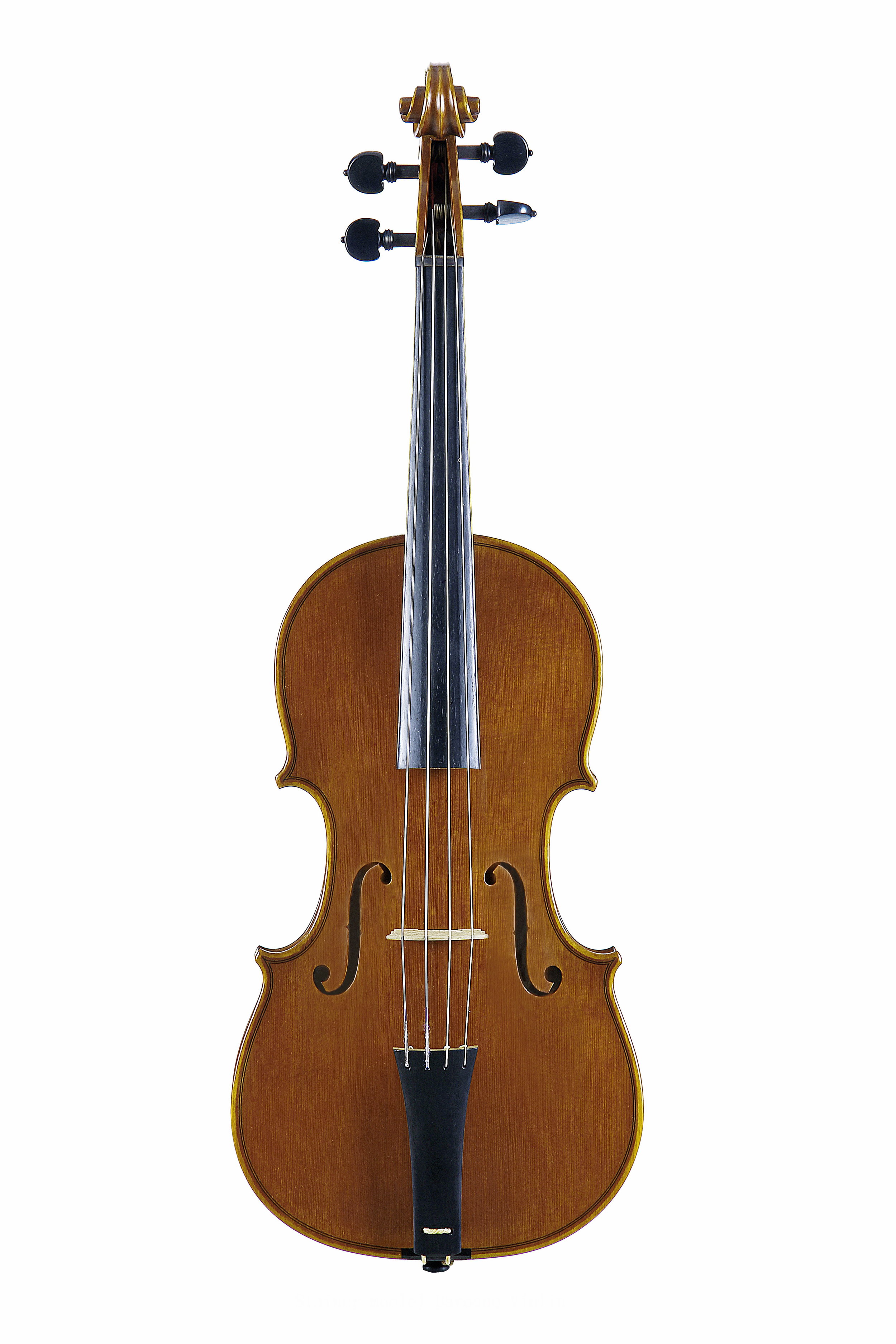Nicola Amati 1649
This Lu-Mi instrument is a violin after Nicola Amati circa 1649. Amati violins have an especially fine and sweet tone for baroque music performances.
String length: 328 mm
Corpus length: 351.5 mm
Corpus width: Upper 163.5 mm / Middle 110.5 mm / Lower 202.25 mm
Price: Please Inquire
Jacobus Stainer 1679
This Lu-Mi instrument is a violin after Jacobus Stainer circa 1679.The high arching of the Stainer model produces wonderful overtones and is ideal for baroque music.
String length: 325 mm
Corpus length: 351.5 mm
Corpus width: Upper 162 mm / Middle 112.5 mm / Lower 200 mm
Price: Please Inquire
Antonius Stradivari 1715
This Lu-Mi instrument is a violin after Antonius Stradivarius circa 1715. The Stradivarius is the quintessential violin and this is Lu-Mi’s most popular model. The tone is strong and silvery.
String length: 328 mm
Corpus length: 356 mm
Corpus width: Upper 168 mm / Middle 110 mm / Lower 208 mm
Price: Please Inquire
Guarneri "del Gesù" 1742
This Lu-Mi instrument is a violin after Guarnerius "del Gesù" circa 1742. This violin plays exceptionally well as a baroque instrument. It has a lovely full tone and especially rich sound on the g string. Guarnerius was progressive in his violin design and his instruments are often considered the best for modern purposes as well.
String length: 328 mm
Corpus length: 354 mm
Corpus width: Upper 168 mm / Middle 112.5 mm / Lower 207 mm
Price: Please Inquire
Violino Piccolo after Nicola Amati 1649
This model is scaled down from the full size instrument after Nicola Amati circa 1649. It was traditional tuned a minor 3rd or a 4th higher than standard violin tuning. The most famous work featuring violino piccolo is the first Brandenburg concerto of J.S. Bach.
String length: 295 mm
Corpus length: 320 mm
Corpus width: Upper 148.8 mm / Middle 100.5 mm / Lower 184 mm
Price: Please Inquire











